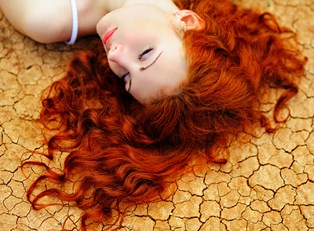Dandruff is an embarrassing condition that is estimated to affect as many as one in five people in the United States. Even though this is such a prevalent problem, there is still lots of bad information about this condition being passed around. Here is a look at just a few of the myths surrounding dandruff.
"Dandruff results from bad hygiene.'
While regular shampooing can help keep dandruff under control, this condition does not stem from a lack of hygiene—even the most diligent hair washers can find themselves suffering from it. This is because dandruff is caused by a number of other factors, which include a natural overproduction of hair oil or an overabundance of fungal microorganisms that live naturally on our scalps.
"Dandruff is contagious."
Dandruff is not something that you can catch from someone else. Instead, it’s caused because your scalp is already naturally predisposed to the condition. There is currently no research to indicate that dandruff develops for any other reason.
"Dandruff only occurs on the scalp."
It’s true that your scalp is the most common place to experience dandruff, but it’s not the only possibility. Some people also find that areas such as the eyebrows, ears, and around the nose are prone to flaking as well. If this is the case with you, simply dab small amounts of dandruff shampoo to the affected areas as well.
"Dandruff can be cured."
While there are plenty of treatment options available to keep your dandruff in check, it cannot be completely cured, which is due in large part to the fact that it’s a condition you’re naturally predisposed to. However, this doesn’t mean you can’t take preventative measures. Even if you’re not experiencing flaking currently, continue to use your regular treatments to increase the time it takes for problems to return.
"All flakes found in your hair are dandruff."
Sometimes flaking is merely a result of dry skin on your scalp. While the difference between dryness and dandruff may be virtually indistinguishable to the layperson, medical experts do make a distinction between the two. If your flakes are relatively small and white, chances are you’re dealing with a dry scalp—dandruff flakes tend to be larger and yellowish in color.


